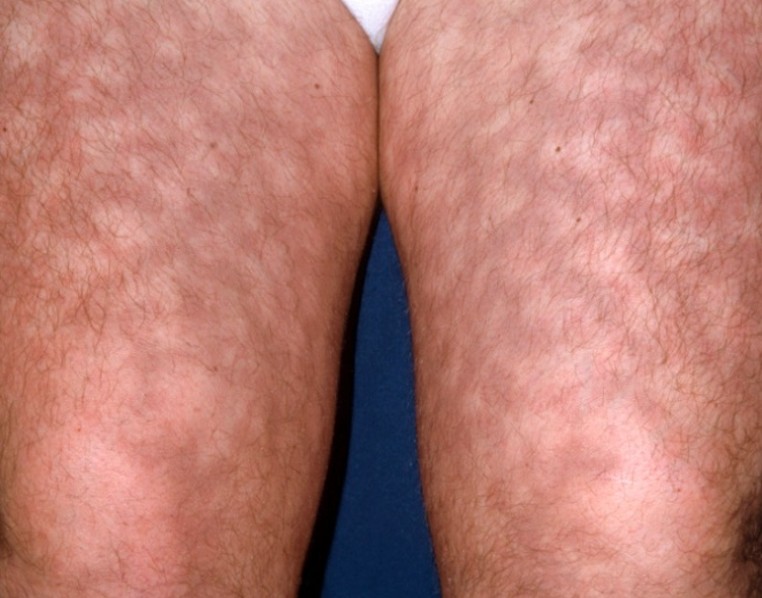Learning objectives
|
Introduction
Polyarteritis Nodosa is a rare systemic necrotising vasculitis of medium-sized arteries without the involvement of smaller vessels. It often affects the kidney, skin, nerves, gut and muscles and joints as well as they heart and the eye but often spares the lung. It may be associated with hepatitis virus infection and hairy cell leukaemia. Only about 20% have any cerebral involvement.
Epidemiology
- Incidence varies from 20-40 cases per Million per annum.
- PAN affects men more frequently than women.
- Can occur at all ages but commonest at age of 45-65 years.
Clinical
- Systemic illness, myalgia, sudden unexplained weight loss, fever, arthritis
- Peripheral vascular disease.
- A polyneuropathy.
- Abdominal pain/ Testicular pain
- Ischaemic and haemorrhagic strokes
- Encephalopathy
Diagnosis
| PAN may be diagnosed with three of these ten criteria (82% sensitivity, 86% specificity), if other vasculitides are excluded | |
|---|---|
| 1 | Loss of weight >4 kg |
| 2 | Livedo reticularis |
| 3 | Testicular pain |
| 4 | Myalgias |
| 5 | Mononeuritis or polyneuritis |
| 6 | Blood pressure elevation >90 mmHg |
| 7 | Creatinine >1,5 mg/dl |
| 8 | Hepatitis B or C virus antibodies |
| 9 | Pathologic arteriography (aneurysm, occlusions) |
| 10 | Typical histology finding |
Livedo reticularis

Investigations
- FBC, U&E, ESR, CRP, Vasculitis screen
- Hepatitis B/C serology
- Brain imaging CT/MRI/MRA and DSA when needed
- Biopsies classically show necrotising granulomatous inflammation.
Differential depends on manifestation
- Inflammatory bowel disease
Management
- Induction therapy is usually with Steroids and Cyclophosphamide.
- Plasma exchange has been used.
- If there is positive viral serology then appropriate antivirals against Hepatitis B or C may be given.